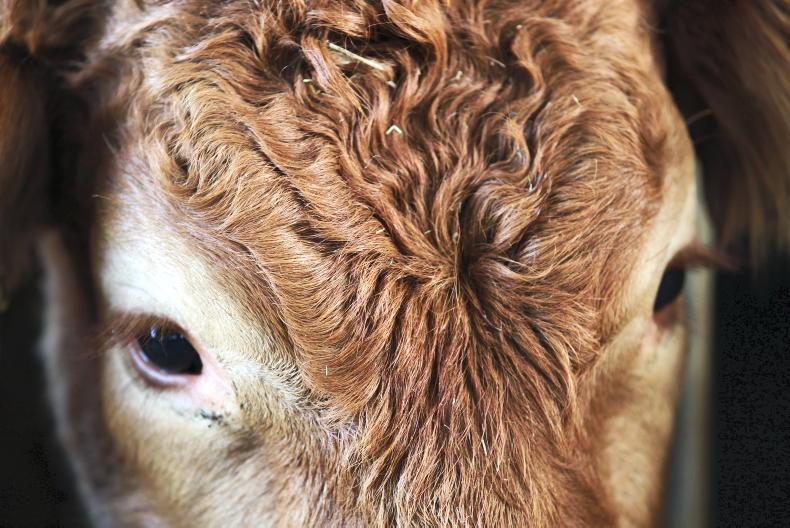Eighteen cattle died from lead poisoning in 2023, new data from the Department of Agriculture shows.
The most common source of lead found was discarded batteries, although lead-based paints and old electrical cables were occasionally found as well.
The fatalities are up on 2022, when 13 cases were recorded.
“All 18 cases in 2023 were diagnosed in cattle, mostly during spring and summer after turn-out to pasture. None of these cases involved milking cows and most cases were reported in cattle older than one year,” the Department said.

When lead finds it's way into the digestive system of an animal, it can lead to poisoning which is fatal.
Animals usually present with clinical signs of acute lead poisoning such as sudden death or blindness, staggering, head pressing and convulsions, followed by death or subacute lead poisoning.
May was the month with the highest number of cattle deaths as a result of lead poisoning, with seven animals dying as a result in that month.
Risk management
The Department warned that lead incidents, involving poisoning or excessive exposure, are important animal health and food safety concerns, especially where milking cows or animals close to finishing weight are exposed.
“Risk management measures such as removing animals from the source of lead, further blood sampling as a marker of carcase lead residues and bulk tank milk monitoring where there is evidence of exposure of milking cows, etc, may be required,” it said.
Eighteen cattle died from lead poisoning in 2023, new data from the Department of Agriculture shows.
The most common source of lead found was discarded batteries, although lead-based paints and old electrical cables were occasionally found as well.
The fatalities are up on 2022, when 13 cases were recorded.
“All 18 cases in 2023 were diagnosed in cattle, mostly during spring and summer after turn-out to pasture. None of these cases involved milking cows and most cases were reported in cattle older than one year,” the Department said.

When lead finds it's way into the digestive system of an animal, it can lead to poisoning which is fatal.
Animals usually present with clinical signs of acute lead poisoning such as sudden death or blindness, staggering, head pressing and convulsions, followed by death or subacute lead poisoning.
May was the month with the highest number of cattle deaths as a result of lead poisoning, with seven animals dying as a result in that month.
Risk management
The Department warned that lead incidents, involving poisoning or excessive exposure, are important animal health and food safety concerns, especially where milking cows or animals close to finishing weight are exposed.
“Risk management measures such as removing animals from the source of lead, further blood sampling as a marker of carcase lead residues and bulk tank milk monitoring where there is evidence of exposure of milking cows, etc, may be required,” it said.







 This is a subscriber-only article
This is a subscriber-only article










SHARING OPTIONS: